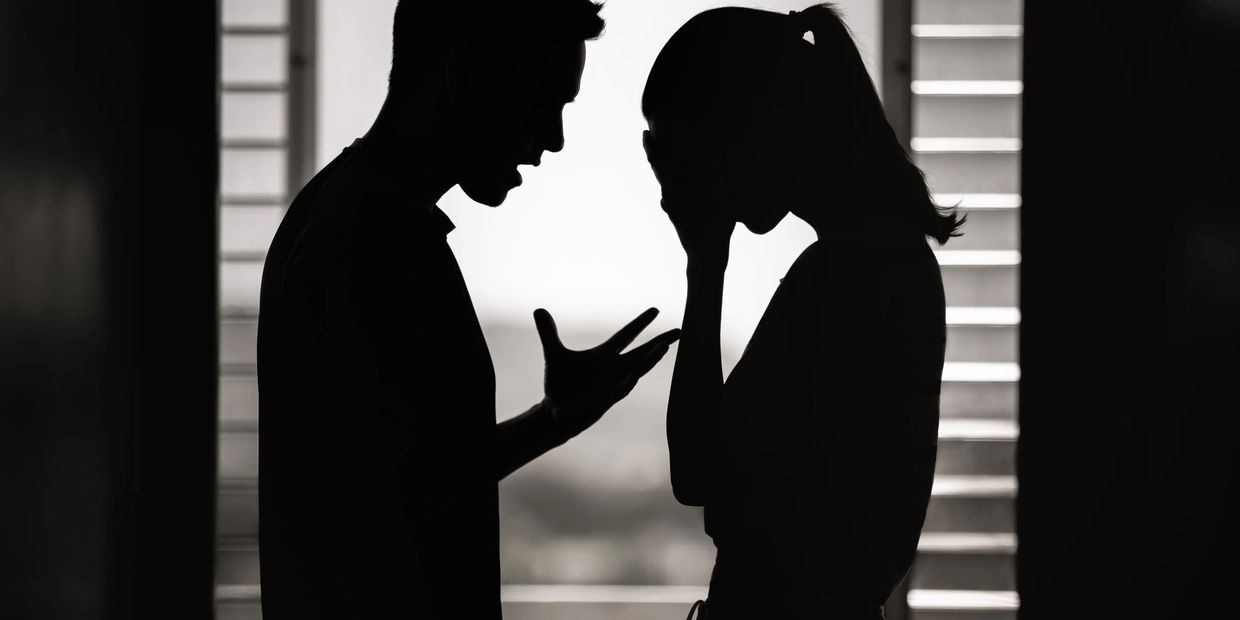
What is Coercive Control?
Coercive control is a pattern of domination that strips a person of freedom, safety, and self-trust. It’s not always visible as bruises or one explosive incident; it’s a sustained campaign of behaviors that isolate, monitor, intimidate, and destabilize—often in private and behind a mask of “concern.” Coercive control can exist with or without physical violence and frequently escalates during separation, custody disputes, or when a survivor asserts boundaries.
Common Tactics
- Isolation: Cutting you off from friends, family, work, school, or community.
- Monitoring & Micro-regulation: Tracking devices, phone/social media surveillance, checking mileage, controlling schedules.
- Financial Abuse: Seizing income, creating debt, demanding account access, sabotaging employment.
- Threats & Intimidation: Threatening self-harm, pet harm, legal action, or child removal; destroying property.
- Gaslighting & Minimization: Denying obvious events, rewriting history, calling you “crazy,” making you doubt your memory.
- Rule-Making & Punishment: Enforcing ever-changing “rules,” using silent treatment, humiliation, or withholding necessities.
- Using Children: Interfering with bonding, undermining authority, manufacturing conflict, or alienating a child from a protective parent.
Why It’s Hard to Spot
Coercive control often looks like “overprotection,” “strict budgeting,” or “relationship drama.” It unfolds gradually, making survivors question themselves while outsiders see only fragments. Because it can be nonphysical, systems may overlook its severity—despite the profound harm to adults and children.
Impact on Adults & Children
- Chronic stress, anxiety, depression, hypervigilance, and health problems
- Erosion of self-esteem and decision-making freedom
- Disrupted attachment between a child and a protective parent; loyalty conflicts
- School, work, and social withdrawal; increased risk when leaving the relationship
“Is This Happening to Me?”
Consider whether you feel watched, silenced, or punished for ordinary choices; if you must “get permission” for basics; if your partner manipulates money, time, or your child’s access to you; if you are blamed for their outbursts; or if you feel less “free” over time. If this resonates, you are not alone—and it is not your fault.
What You Can Do (Safely)
- Document patterns: Save messages, call logs, dates, and incidents in a safe place.
- Strengthen support: Identify trusted people and discreet check-ins.
- Plan for safety: Consider a tailored safety plan; change routines cautiously if risk is high.
- Seek informed help: Look for providers experienced in coercive control and parental alienation dynamics.
How You Can Help
We’re building a coalition of therapists, legal and child-development experts, advocates, survivors, and families to improve recognition and response. If you’re a professional with relevant expertise—or a victim/survivor (including alienated parents and grandparents) seeking clarity, resources, or a platform for your story—reach out. Together we can amplify survivor voices, support protective parenting, and turn knowledge into action.
Prefer to start quietly? You can share as much or as little as you want. Your safety and dignity come first.
Pips Promise